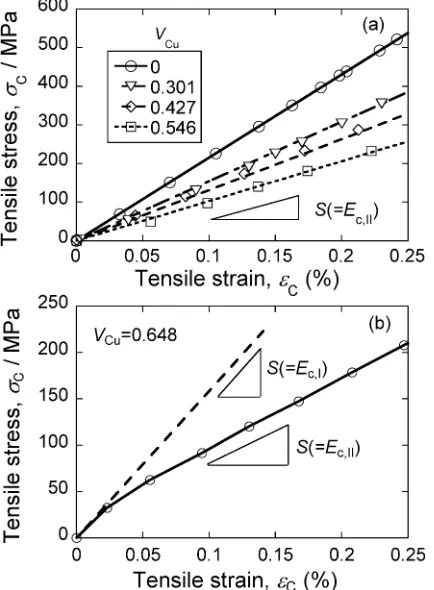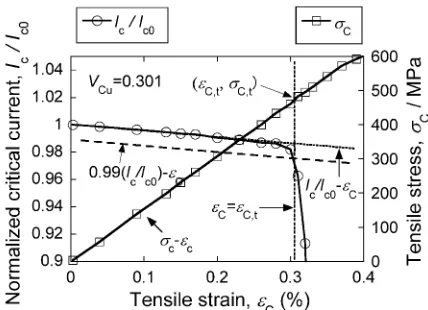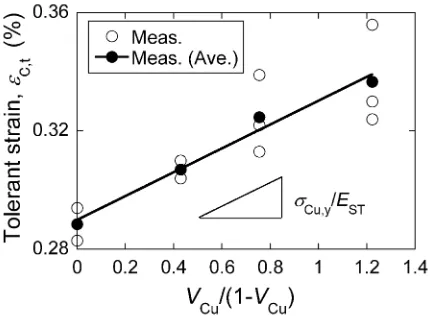Influence of Copper Volume Fraction on Tensile Strain/Stress Tolerances of Critical Current in a Copper Plated DyBCO Coated Conductor
Full text
Figure




Related documents
connection with any utilization of the Department of Energy national laboratories and sites under this section, the Secretary may permit the director of any such national laboratory
State Health Department is Secretary of the Committee on Infant Care of the State Medical Society; this committee is composed largely of Academy members and is quite active within
The unique contribution of qualitative studies of the attitudes and perceptions of bar owners is that they can help public health professionals identify the steps needed to
Metformin hydrochloride microspheres of formulation F-4 was optimized on the basis of in-vitro drug release pattern, entrapment efficiency, percentage buoyancy..
Randomized phase III study comparing conventional-dose doxorubicin plus ifosfamide versus high-dose doxorubicin plus ifosfamide plus recombinant human
The results showed that over-expression of DACH1 suppressed Hep-2 cell growth and invasion, which was in agreement with pre- vious studies that showed that low-expression of
We de- tected virus in the lungs and intestines of the initially un- infected mice that were placed in contact with mice exposed to H7N9 or H1N1 virus.. We were unable to de- tect

